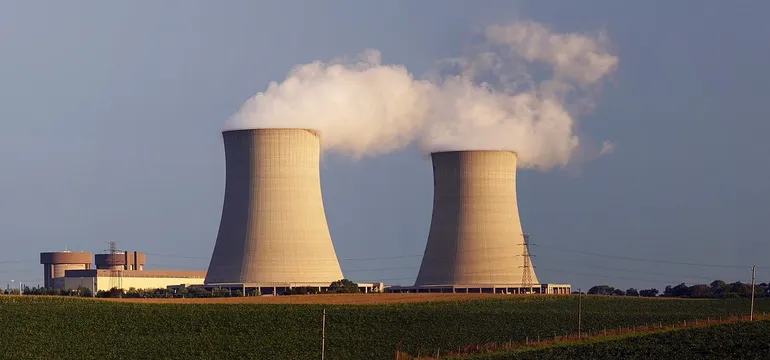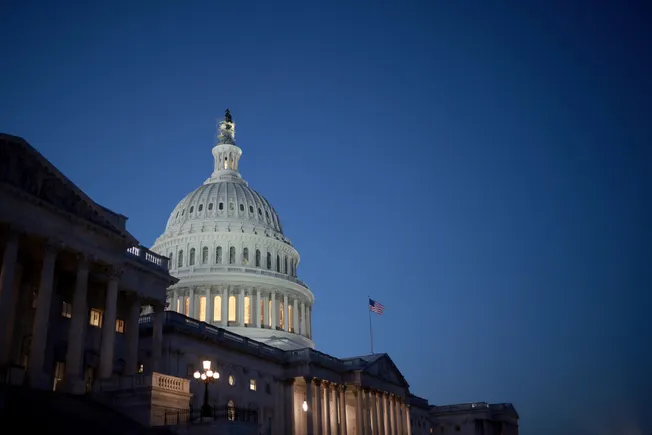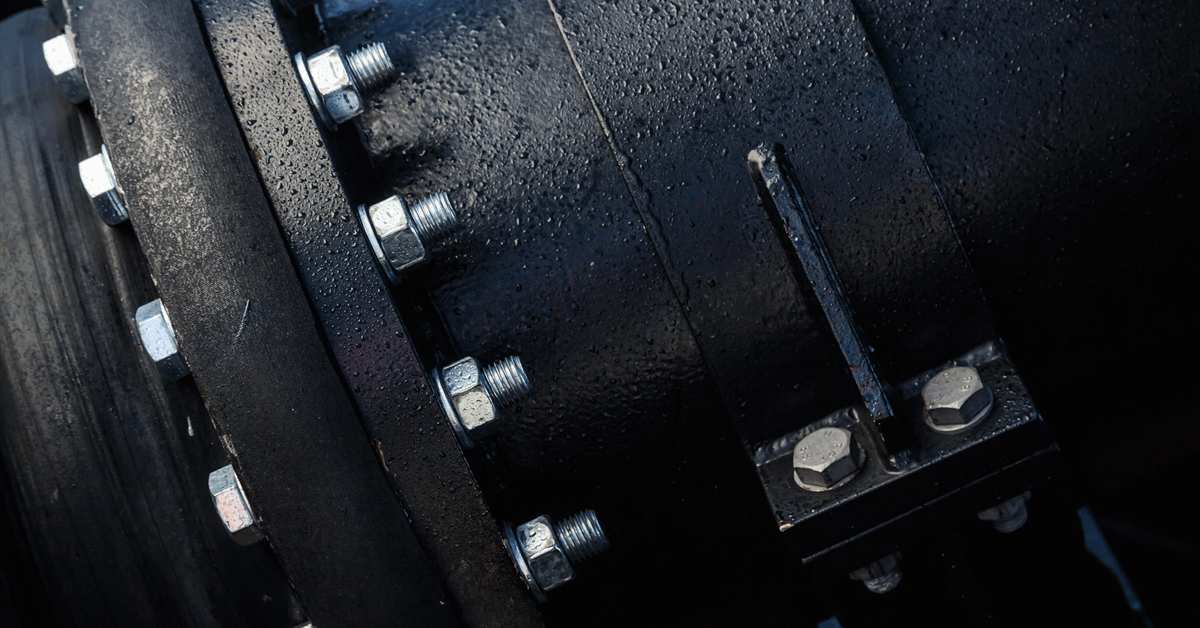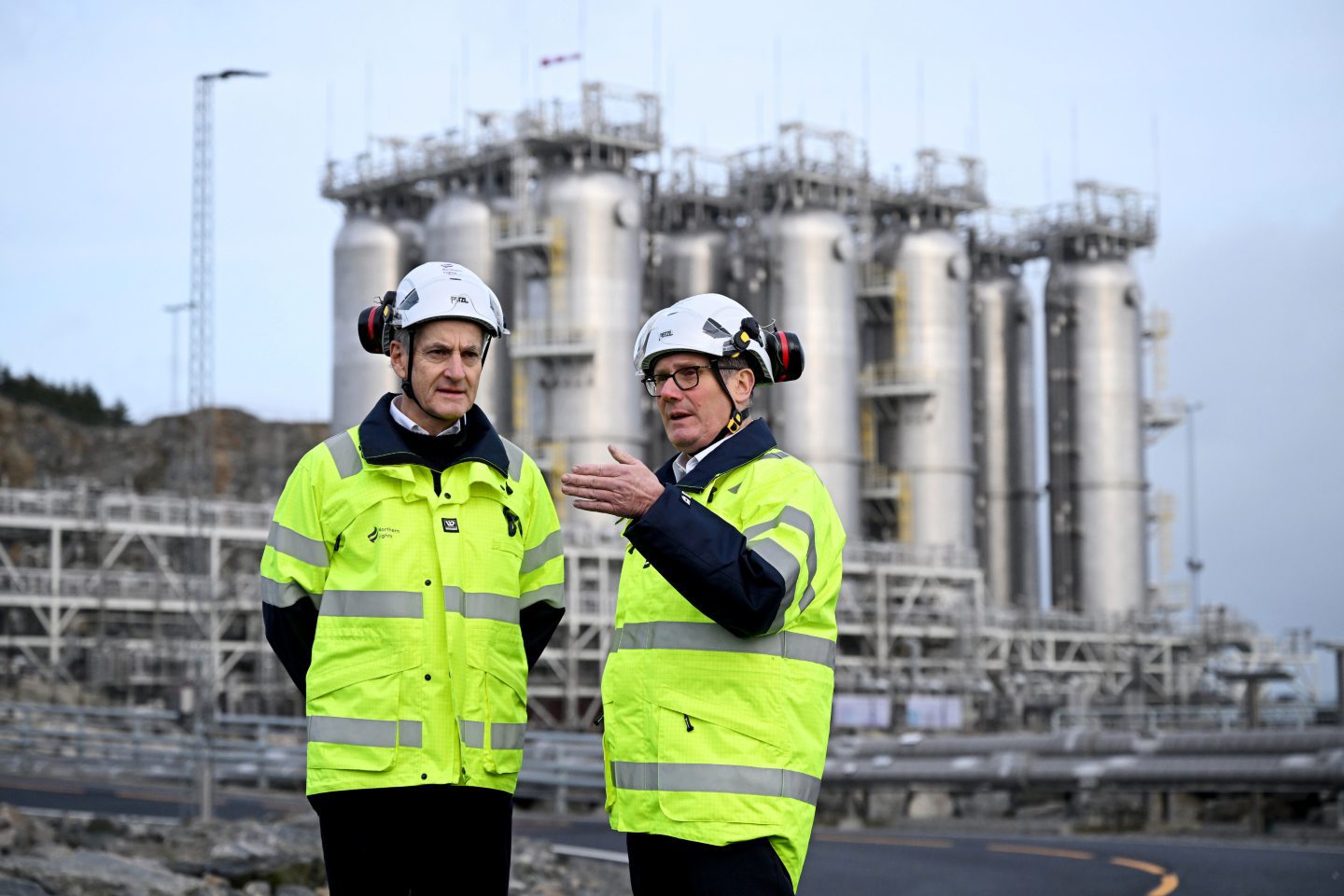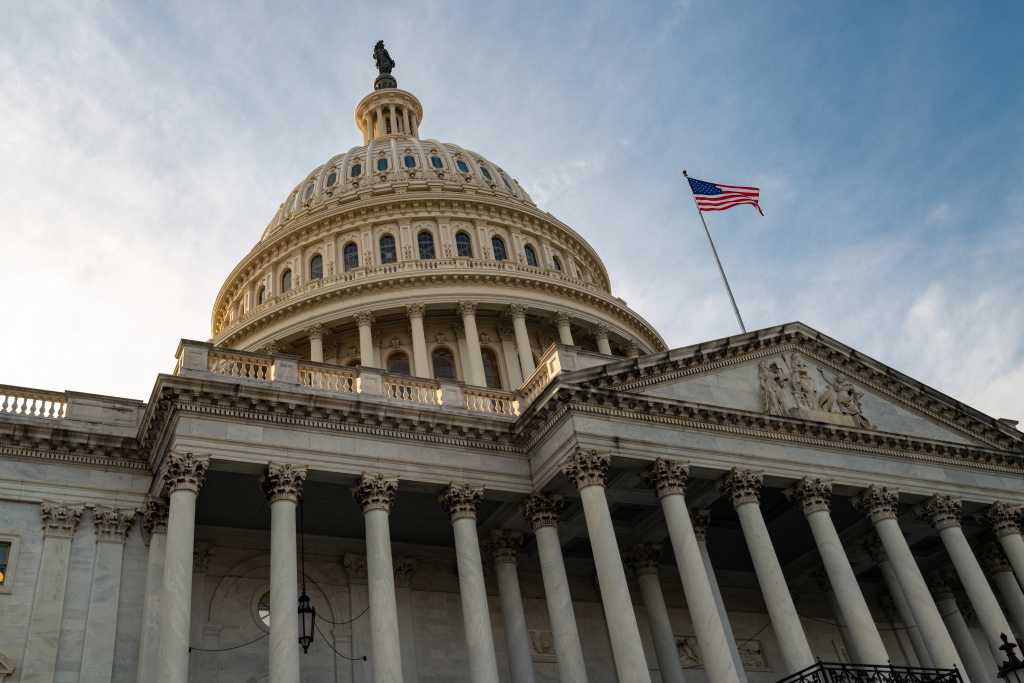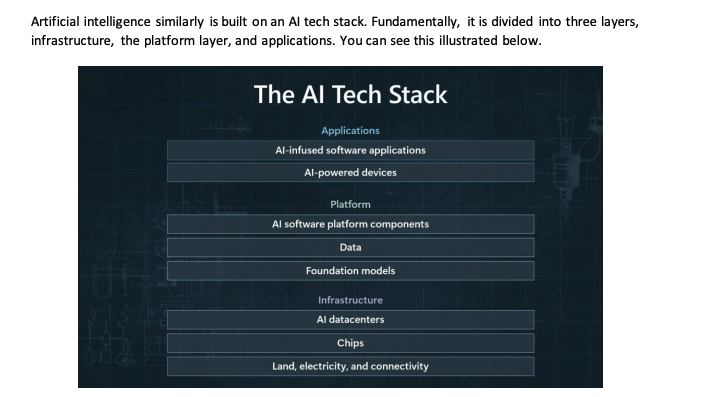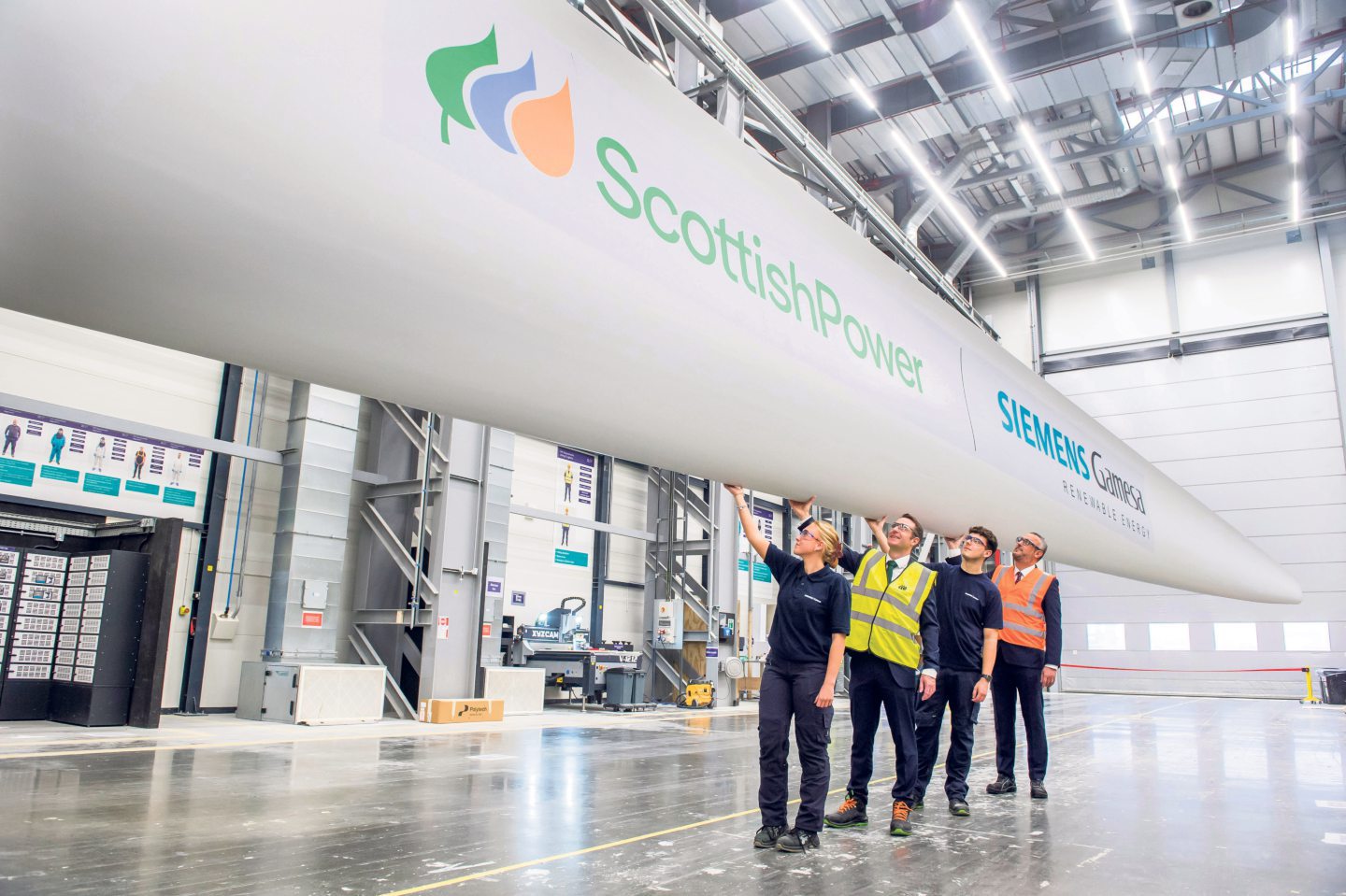
Darren Davidson, Vice President of Siemens Energy UK & Ireland, explains what needs to be done to realise the targets of the Clean Power 2030 Action Plan.
At the end of last year, the UK Government launched its Clean Power 2030 Action Plan at our offshore wind blade factory in Hull.
It gave the supply chain much-needed clarity but in these worryingly uncertain times, the road to net zero is being challenged.
If we are to reach these targets, now is not the time to slow down. We need to build a pragmatic project pipeline, support developers in speeding up delivery, and have confidence in emerging technologies which will shore up the gaps in our energy system.
And this all needs to be underpinned with the recruitment and training of our brand new green workforce.
Delivering clean power
Investment in the green energy sector generates significant returns not just for the UK’s energy security, but for our economy too.
A recent Energy and Climate Intelligence Unit and CBI report highlights the industry supports more than 900,000 jobs and contributes £80 billion in GVA.
As evidenced in the report, our energy industry transcends any notion of a “London centric model”. Our regional mayors and organisations like the Northern Powerhouse Partnership, are doing a great job in highlighting this.
I have the privilege of leading a team who are delivering the UK’s energy transition. They are building offshore wind turbine blades in Hull, designing new grid technologies in Manchester, producing subsea cabling in Aberdeen and Ulverston and inventing a new generation of hydrogen-ready gas turbines in Lincoln.
Whether it’s extending grid networks like the Orkney-Caithness link or boosting offshore wind capacity in the North Sea with the Sofia offshore wind farm, our technologies are being used to grow and underpin our clean energy network.
Over the last decade, following growth in demand for our technologies and a clear pipeline of projects, we have invested nearly £1bn in our UK sites. This includes at our flagship offshore wind blade factory in Hull, where our team has grown to more than 1,300 people, with the majority living in or around Humberside.
Stepping up the pace
Time is the scarcest resource at our disposal, we’re already nearly a year in, since the announcement of the mission. To speed up our efforts, a visible pipeline of work to 2030 and beyond is essential.
Project planning and deployment at scale is only aided by budget commitments and consistency from annual auction rounds.
Every part of this mission needs faster delivery of infrastructure than any time in my working lifetime. But the first prerequisite for supply chain investment is confidence that there is a pipeline of future work.
The second? Clear signals from policy makers and the regulator that they are focused on delivery.
Ofgem’s recent grid reforms accelerating shovel-ready works and the elimination of “zombie projects” are a case in point. We have made great progress in offshore wind, with 15GW installed capacity. We shouldn’t waste a kWh of it. Dispatchable power solutions are key for us to store, use or sell excess renewable energy when the wind is blowing.
To achieve our clean power ambitions, we need to be thinking in energy systems, not technology silos and that means creating enabling conditions for dispatchable first-of-a-kind projects.
Building a NEW green workforce
Ultimately our progress rests on having a workforce ready to support and deliver this transition.
According to LinkedIn, almost one in five jobs requiring green skills will lack qualified candidates by 2030 if current trends persist, rising to one in two by 2050.
It’s not like there isn’t demand either – 61% of Gen Z, those born between 1997 and 2012, want to work in a green job in the next five years.
I honestly believe there’s never been a more exciting time to work in the energy industry. In the last 18 months, nearly 1,000 people have joined Siemens Energy in the UK and Ireland. We have colleagues who have moved from jobs in retail to building offshore wind blades, and team members who have worked in the military, in travel and the caravan industry.
We’re looking for people who are passionate and invested in what we do. Meeting the demand and setting up the training to capitalise here means that the pipeline needs to be visible for 2030 and beyond.
The energy transition can make our energy more secure, sustainable and affordable and unlock thousands of good jobs.
The Clean Power Action Plan has set out the UK’s ambitions. To achieve this plan, we now need to see those actions implemented so the sector can get on with delivery.
1Source: www.iema.net/articles/skills-shortages-to-impact-half-of-green-jobs-by-2050/





